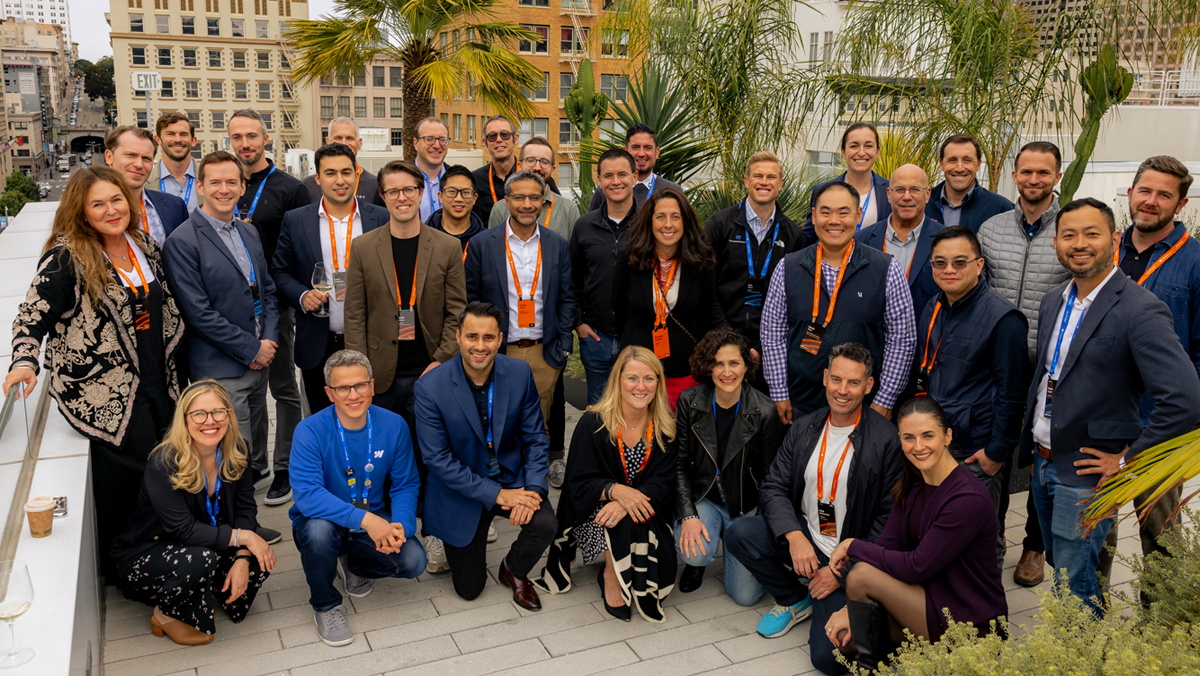Key Takeaways from Webflow Conference 2024
Nov 11, 2024 • 4 Minute Read • Elizabeth Spranzani, Chief Technology Officer


Web development is evolving rapidly. It’s no longer just about creating web pages. It’s about delivering dynamic, personalized digital experiences that grow with businesses.
For years, traditional content management systems (CMS) and digital experience platforms (DXP) have powered brands' web presences, enabling them to reach audiences through multiple channels and delivering robust marketing automation, customer data management, and personalization features. However, many businesses are rethinking their tech stacks to adapt to changing digital demands.
For those adventuring into new territory, Webflow introduces a new category: the Website Experience Platform (WXP). By blending the simplicity of low-code/no-code tools with the flexibility of a composable architecture, Webflow bridges the gap between CMS and DXP, offering brands a way to build exceptional, agile web experiences without the technical overhead of traditional systems.
If you look back 15-20 years, CMS platforms were much simpler, serving one purpose: managing content on websites. Over time, however, as competition grew, so did the need for more features and to serve more channels. In came DXPs, adding functionalities like customer data, asset libraries, personalization, and testing. This led to massive, feature-rich platforms that did a lot of things, but not always quickly or efficiently. Today, in an era where agility is everything, many of these systems are bogged down by technical debt and challenges with scale.
When the pandemic pushed everything online, businesses realized the need for more modular and composable platforms (i.e., greater agility). Enter composable architectures, which allow companies to choose best-in-class tools and seamlessly integrate them. Webflow's WXP takes this one step further, offering a lightweight, flexible platform that allows businesses to craft custom web experiences while leveraging composable strategies.
Webflow redefines how teams approach web development. For marketing teams, it provides the tools to design, edit, and launch updates independently, reducing dependency on developers. For developers, it eliminates routine tasks like CMS output and front-end coding, enabling them to focus on high-value projects such as custom integrations and complex interactions.
This dual empowerment—giving marketers creative control while freeing developers for complex work—ensures businesses can move faster and respond to market demands without sacrificing quality.
Some developers may view low-code/no-code with hesitation, but, in our experience, these tools enhance their roles rather than diminish them. Developers get to leave behind the routine, time-consuming tasks and instead focus on creating business-specific solutions that bring added value to the organization. And while low-code/no-code platforms simplify some tasks, they still rely on a solid understanding of front-end development, making developers’ expertise essential.
Unlike traditional platforms, Webflow combines visual design tools with the ability to add custom code, creating a seamless blend of ease and power. Our team was impressed by Webflow’s flexibility and the high-quality code it generates.
With Webflow, brands can design scalable, visually stunning experiences in a fraction of the time it would take with traditional platforms. This enables teams to focus on crafting memorable experiences rather than navigating technical roadblocks.
Looking ahead, we see AI as a natural complement to low-code/no-code environments. Imagine AI-driven design and content tools that enable teams to create, test, and iterate on web experiences without lengthy development and testing cycles. With features like AI-powered experimentation, automation, and recommendations, companies will be able to deploy smarter, faster, and more adaptive sites.
For Webflow users, this future is already taking shape. With tools that leverage AI, personalization, and testing, Webflow and its ecosystem partners are transforming the website-building process into something very dynamic and responsive to user behavior.
Low-code/no-code platforms are tools that enable innovation. They reduce technical debt, streamline workflows, and provide teams with the agility to focus on outcomes instead of technical constraints.
As a Webflow digital partner, we’re excited to bring our clients closer to a future where they can elevate their web presence with less effort and focus on what really matters: delivering experiences that connect with their audience. Get in touch to learn more.
